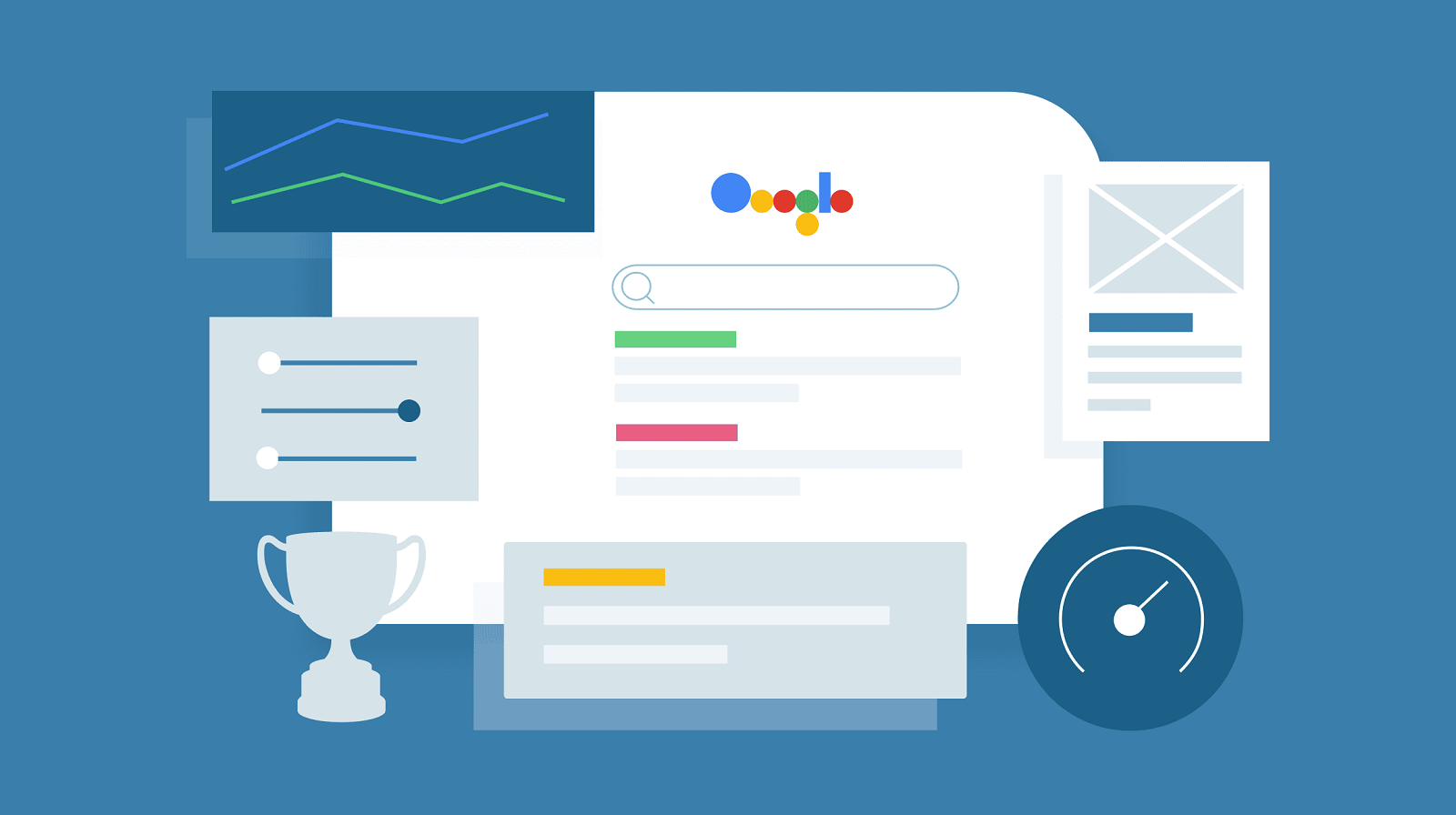In today’s digital economy, having a well-designed website is no longer a differentiator—it is an expectation. For organizations based in Irving, TX, and throughout the DFW Metroplex, the next competitive advantage lies in aligning web development efforts with a sound search engine optimization (SEO) strategy. Websites that are purpose-built with SEO principles at their foundation outperform competitors in both visibility and lead generation.
At One Technology Services, we help businesses transform their websites into strategic digital assets. This article outlines the key components of SEO-focused web development, offering actionable insights for companies aiming to improve their Google rankings through better technical execution.
The Link Between SEO and Web Development
While many associate SEO with keywords, content, and backlinks, technical SEO begins with the development phase. The structure, speed, responsiveness, and accessibility of your website all influence how Google evaluates and ranks your site. If your development practices ignore these aspects, your SEO strategy is fundamentally weakened.
For businesses operating in competitive markets such as Dallas, Grand Prairie, and Las Colinas, an integrated SEO and development approach is no longer optional—it is critical.
1. Implement Mobile-First Development
Google prioritizes the mobile version of a website for indexing and ranking. Therefore, your development strategy must be responsive and optimized for various devices. Key priorities include:
- Ensuring fast mobile load speeds
- Designing layouts that adapt seamlessly to different screen sizes
- Touch-optimized navigation and interface elements
- Simplifying checkout and conversion flows for mobile users
Businesses across the DFW region have reported significant engagement improvements by shifting to mobile-first frameworks.
2. Optimize Website Performance and Page Speed
Site speed is not only a user experience metric but also a confirmed Google ranking factor. To ensure optimal performance, development teams should:
- Compress and lazy-load images
- Minify CSS, HTML, and JavaScript assets
- Utilize content delivery networks (CDNs)
- Optimize server response times and caching strategies
At One Technology Services, we incorporate performance tuning as a core component of our development lifecycle to enhance both user engagement and SEO outcomes.
3. Establish SEO-Friendly URL Structures
URL structure plays a crucial role in search engine indexing and user trust. An ideal URL is short, descriptive, and aligned with page content. For example:
Recommended: /seo-web-development-irving
Avoid: /index.php?page=2483&id=33
Proper URL architecture improves both crawlability and click-through rates from search results.
4. Ensure Proper Crawlability and Indexing
Search engines must be able to access and interpret all relevant content on your site. A well-developed site will include:
- Dynamically generated XML sitemaps submitted to Google Search Console
- Properly configured robots.txt files
- Canonical tags to prevent duplicate content
- Crawl-friendly navigation and internal linking structures
At One Technology Services, we design websites with clean HTML structure, ensuring seamless indexing and high SEO compatibility.
5. Integrate Structured Data (Schema Markup)
Structured data provides search engines with contextual information, enhancing how your listings appear in search results. Common types of schema include:
- LocalBusiness
- Product or Service
- Review or Rating
- FAQ and How-To
Implementation of JSON-LD structured data can lead to rich snippets, increasing visibility and improving organic click-through rates.
6. Develop Secure and Accessible Web Architecture
Security and accessibility are essential components of both SEO and corporate responsibility. Your website should:
- Use HTTPS with a valid SSL certificate
- Follow accessibility standards outlined in WCAG 2.2
- Include semantic HTML and ARIA roles
- Be fully navigable via keyboard and screen readers
By embedding these standards during development, organizations avoid compliance issues and reach a broader customer base.
7. Align With Google’s Core Web Vitals
Google’s Core Web Vitals are performance metrics that directly affect ranking. They include:
- Largest Contentful Paint (LCP): Page loading performance
- First Input Delay (FID): Interactivity
- Cumulative Layout Shift (CLS): Visual stability
Addressing these metrics requires disciplined front-end development, smart resource loading, and rigorous testing.
8. Maintain Clean and Semantic HTML Markup
Search engines rely on clean HTML structure to understand page content. Developers should ensure:
- A single H1 per page, followed by logically ordered subheadings
- Proper use of lists, blockquotes, and content containers
- Alt tags on all images for accessibility and SEO
- Consistent use of meta titles and descriptions
At One Technology Services, semantic markup is a baseline standard for all web development projects.
9. Design for Strategic Internal Linking
An effective internal linking structure enhances navigation, improves user retention, and distributes authority across pages. Best practices include:
- Logical and consistent menu architecture
- Contextual links within content
- Breadcrumbs on deeper navigation levels
- Avoiding orphaned pages that receive no internal links
This approach not only improves crawl efficiency but also helps users find related content more easily.
10. Choose Optimized Hosting Infrastructure
Reliable, high-performance hosting is a foundational component of SEO-focused development. We recommend hosting solutions that offer:
- Fast response times with SSD-based infrastructure
- Scalable environments for traffic surges
- Secure configurations with automated backups
- Built-in caching, firewall protection, and staging environments
Organizations in Irving, TX and surrounding cities often overlook hosting quality as an SEO factor—yet it is one of the most impactful components.
Conclusion: Elevate Your Search Visibility Through SEO-Focused Development
Achieving high rankings on Google requires more than quality content—it demands a technically sound foundation that is built with SEO in mind. From architecture to load speed, from accessibility to structured data, development decisions directly influence how search engines evaluate and rank your website.
At One Technology Services, we build websites that are engineered for performance, discoverability, and long-term scalability. Our SEO-focused development approach ensures that your business remains visible, competitive, and well-positioned for growth in 2025 and beyond.
If your organization is looking to improve its online presence through a more strategic web development process, we invite you to connect with One Technology Services today.

